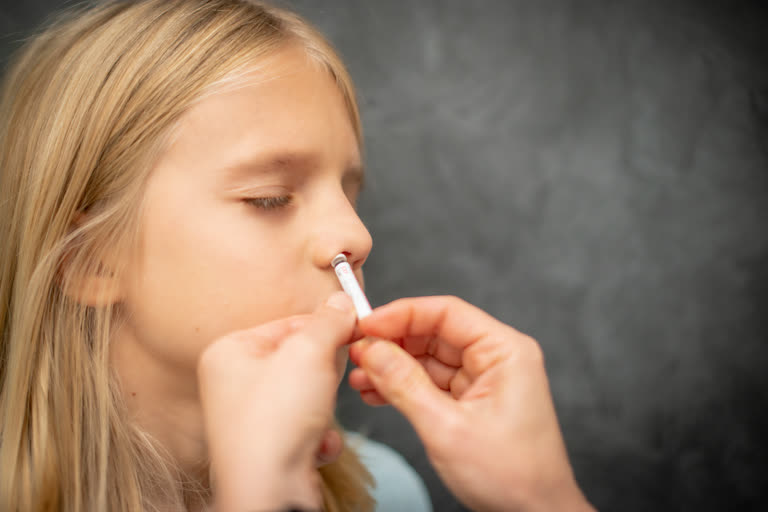While the elderly above the age of 60 years and those with comorbidities have started receiving the vaccination against the novel coronavirus in India, here is another great news that follows, India’s Bharat Biotech’s intranasal vaccine (BBV154) phase-1 trial has begun in some of the cities including Hyderabad and Nagpur. On 3rd March 2021, it was demonstrated that Bharat Biotech’s Covaxin is 81% effective after the second dose, it was announced on the same date that the clinical trials for the intranasal vaccine will begin in March itself, and on 7th March 2021, it commenced. But what exactly is nasal vaccination and how does it work? Let us have a look!
Intranasal Vaccines And How They Work
The most common ways to administer a vaccine are through intramuscular or subcutaneous injections, but there are several other ways too. These are the intradermal route, intranasal route, and oral route.
Talking about the intranasal vaccine, which is being developed by Bharat Biotech to fight COVID-19, it is non-invasive and needle-free. Since the virus usually enters our body through our nose, the vaccine causes the immune system to produce proteins in the blood and nose to fight the virus. These vaccines are sprayed into the nostrils and can be done with the help of a needleless syringe, nasal spray, liquid medicine, or aerosol delivery.
Also Read:COVID-19 Vaccination - A Handy Guide For All Your Queries
